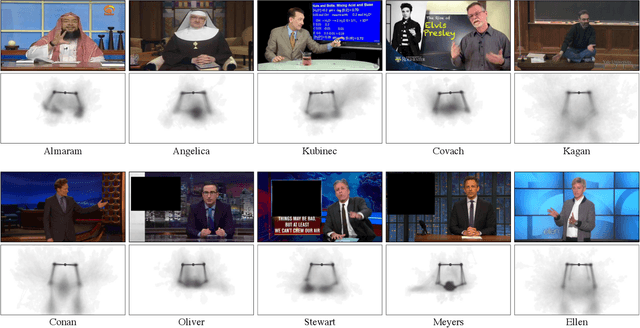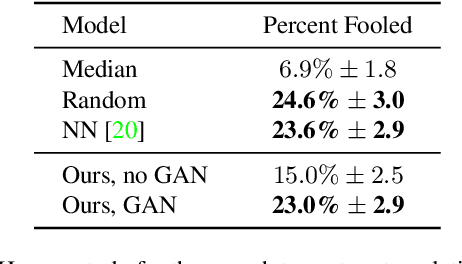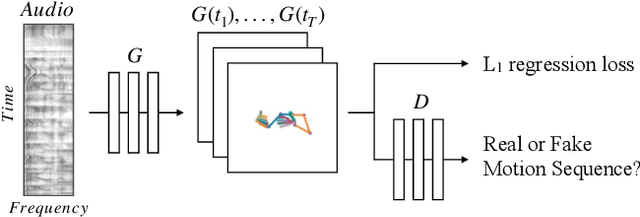Gefen Kohavi
MM-Spatial: Exploring 3D Spatial Understanding in Multimodal LLMs
Mar 17, 2025Abstract:Multimodal large language models (MLLMs) excel at 2D visual understanding but remain limited in their ability to reason about 3D space. In this work, we leverage large-scale high-quality 3D scene data with open-set annotations to introduce 1) a novel supervised fine-tuning dataset and 2) a new evaluation benchmark, focused on indoor scenes. Our Cubify Anything VQA (CA-VQA) data covers diverse spatial tasks including spatial relationship prediction, metric size and distance estimation, and 3D grounding. We show that CA-VQA enables us to train MM-Spatial, a strong generalist MLLM that also achieves state-of-the-art performance on 3D spatial understanding benchmarks, including our own. We show how incorporating metric depth and multi-view inputs (provided in CA-VQA) can further improve 3D understanding, and demonstrate that data alone allows our model to achieve depth perception capabilities comparable to dedicated monocular depth estimation models. We will publish our SFT dataset and benchmark.
Cubify Anything: Scaling Indoor 3D Object Detection
Dec 05, 2024



Abstract:We consider indoor 3D object detection with respect to a single RGB(-D) frame acquired from a commodity handheld device. We seek to significantly advance the status quo with respect to both data and modeling. First, we establish that existing datasets have significant limitations to scale, accuracy, and diversity of objects. As a result, we introduce the Cubify-Anything 1M (CA-1M) dataset, which exhaustively labels over 400K 3D objects on over 1K highly accurate laser-scanned scenes with near-perfect registration to over 3.5K handheld, egocentric captures. Next, we establish Cubify Transformer (CuTR), a fully Transformer 3D object detection baseline which rather than operating in 3D on point or voxel-based representations, predicts 3D boxes directly from 2D features derived from RGB(-D) inputs. While this approach lacks any 3D inductive biases, we show that paired with CA-1M, CuTR outperforms point-based methods - accurately recalling over 62% of objects in 3D, and is significantly more capable at handling noise and uncertainty present in commodity LiDAR-derived depth maps while also providing promising RGB only performance without architecture changes. Furthermore, by pre-training on CA-1M, CuTR can outperform point-based methods on a more diverse variant of SUN RGB-D - supporting the notion that while inductive biases in 3D are useful at the smaller sizes of existing datasets, they fail to scale to the data-rich regime of CA-1M. Overall, this dataset and baseline model provide strong evidence that we are moving towards models which can effectively Cubify Anything.
Learning Individual Styles of Conversational Gesture
Jun 10, 2019



Abstract:Human speech is often accompanied by hand and arm gestures. Given audio speech input, we generate plausible gestures to go along with the sound. Specifically, we perform cross-modal translation from "in-the-wild'' monologue speech of a single speaker to their hand and arm motion. We train on unlabeled videos for which we only have noisy pseudo ground truth from an automatic pose detection system. Our proposed model significantly outperforms baseline methods in a quantitative comparison. To support research toward obtaining a computational understanding of the relationship between gesture and speech, we release a large video dataset of person-specific gestures. The project website with video, code and data can be found at http://people.eecs.berkeley.edu/~shiry/speech2gesture .
 Add to Chrome
Add to Chrome Add to Firefox
Add to Firefox Add to Edge
Add to Edge